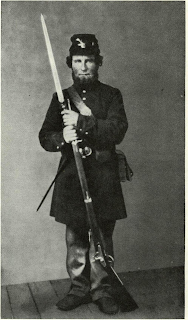Silas Dingee originally offered Austrian make rifles
“These arms were much needed, and were urgently
Halsted apparently had the good ear of some folks
Holt and Owen sifted the arguments, came up with
“These arms were much needed, and were urgently
Halsted apparently had the good ear of some folks
Holt and Owen sifted the arguments, came up with

Comments
Post a Comment